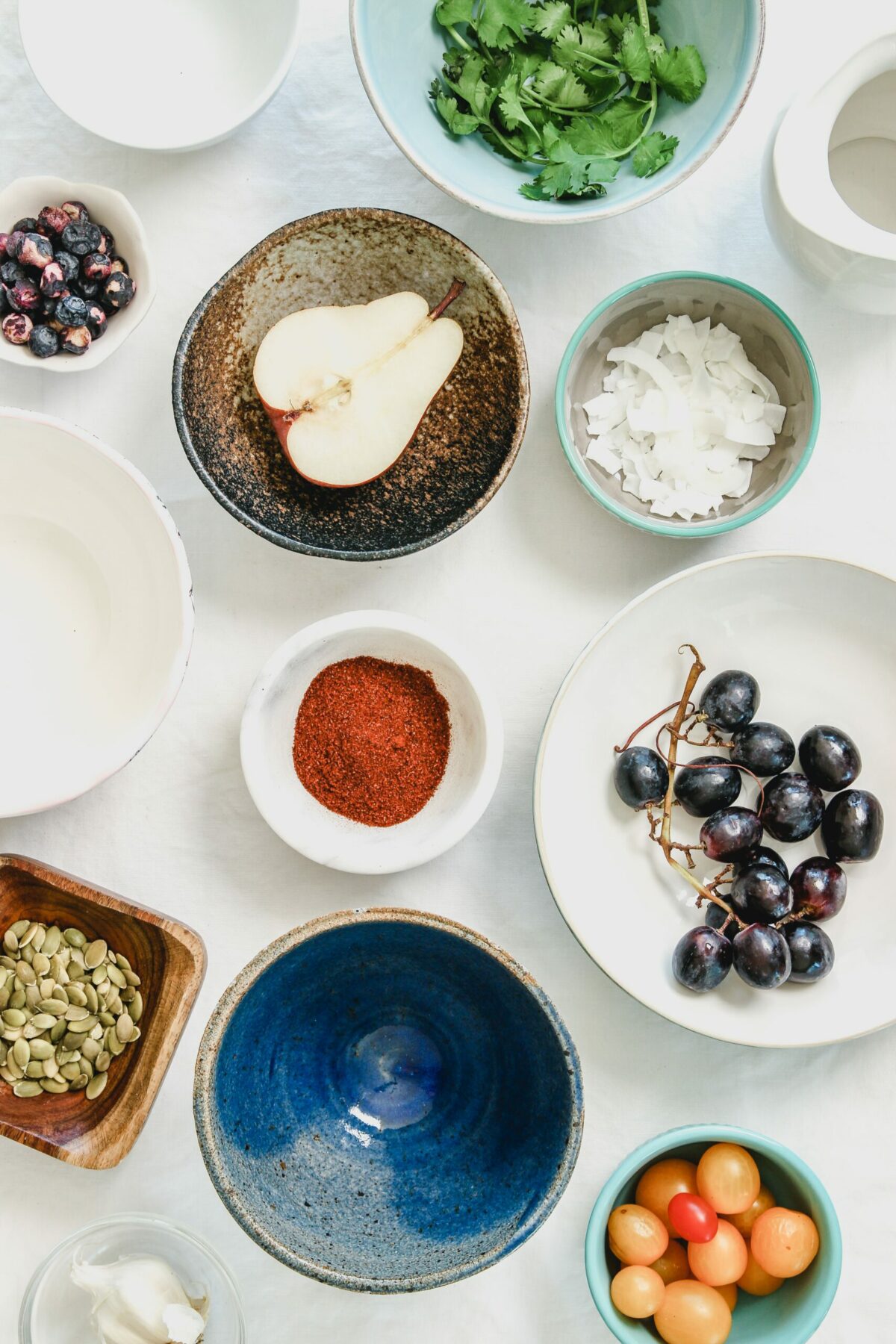All About Food Allergies, Intolerances and Sensitivities

You may have heard the words “food allergies,” “intolerances” and “sensitivities” used interchangeably, but they are very different from one another.
Food allergies are the least common but most dangerous and affect 1 to 2% of the population. Reactions happen immediately after consuming foods and can be life-threatening. The response is usually limited to airways, skin and the GI tract. You may have heard of the eight major food allergens before? These include eggs, wheat, shellfish, fish, tree nuts, peanuts, soybeans and milk.
Food sensitivities can affect every system in the body and are also known as delayed food allergies. The reaction can occur 45 minutes to several days after ingestion. About 20 to 30% of the population has food sensitivities. The amount of food can vary from a large to a small amount among reactive people.
Food intolerances are similar to sensitivities but don’t involve the immune system. Someone with food intolerances cannot digest the particular food, and the food is left to ferment in the gut causing abdominal discomfort, bloating, gas, etc. You may have heard someone mention that they are lactose intolerant — this is a type of food intolerance that some experience due to a lack of an enzyme called lactase that breaks down lactose.
One thing to note is that if you have a food allergy, you’ll know quickly after ingestion. Food sensitivities can be the most sneaky because they may not be the most apparent culprits. You may even discover you have food sensitivities to some of your favorite foods.

How Do Food Sensitivities Start?
There is much to be learned about how this works, but researchers believe that poor digestion, unbalanced gut flora, stress and a compromised immune system play a role.
To discover your food sensitivities, I recommend getting tested as you could be eating inflammatory foods and not realize it. I recommend the Mediator Release Test (MRT) as it’s the most accurate test on the market.
The MRT tests your blood with 170 different spices, proteins, legumes, chemicals, vegetables, starches and fruits, as well as some miscellaneous products, and then measures the response by your white blood cells under a microscope.
If the size of your white blood cells shrinks, it indicates that those cells react to that particular food or chemical. The cells shrink due to the release of different cell components called mediators, which can include cytokines, histamines, prostandaglins and others. If the size of your white blood cell doesn’t shrink, then that tested item is non-inflammatory.
After my MRT from last year, I discovered I’m sensitive to avocado, barley, almonds, caffeine, coffee, tea, salmon, lettuce, cucumber, paprika, chard, egg whites, halibut, saccharin, acetaminophen, ibuprofen, lecithin, and some others.
My initial reaction was: “Are you kidding me?” Some of the most healthy foods are harming my body rather than healing!
Before I freak you out, I’m not saying these foods are unhealthy, but for ME, at this moment, they happen to be highly inflammatory.
What Happens When We Consume Inflammatory Foods?
When you have food sensitivities and consume inflammatory foods, it’s like throwing lighter fluid on a fire. Your immune system identifies foods and food substances as foreign objects, which triggers immune cells to attack, releasing chemicals to destroy invaders and causing tissue inflammation, damage and symptoms. You may experience symptoms such as fatigue, insomnia, general malaise, mood swings, stuffy nose, throat clearing, dark circles/puffy eyes, muscle or joint pain, water-weight fluctuations, heartburn, acid reflux, diarrhea/loose stools, constipation, bloating, and abdominal pain.
So What Can You Do?
The creators of the MRT also have a complimentary protocol called the LEAP (Lifestyle, Eating and Performance) protocol. It’s a customized elimination protocol based on specific blood work, food sensitivities and symptoms. The LEAP protocol will help you calm down your immune system, reduce inflammation, and slowly and systematically reintroduce foods after 60 to 90 days.
Is this for everyone? No, it’s not. The LEAP protocol and MRT are not for the person who wants to know what foods are bothering them. Avoidance diets can alleviate symptoms, but a LEAP protocol is recommended for best results. The LEAP protocol is for someone willing to eliminate any food shown as reactive for an extended period, eat only tested foods, be meticulous about reading labels, and diligently track symptoms from week to week.
The LEAP protocol goes beyond just the foods you’re eating but also into all methods of bodily absorption, including personal care products, cleaning products, supplements and some medication with direction from your doctor.
Trust me when I say it’s challenging to eliminate your favorite foods when you never felt bad or had any symptoms in the first place.

Should You Do This Test?
Have you been diagnosed with any of the following?
- Frequent migraines
- Depression
- ADD/ADHD
- GERD
- Asthma
- PCOS
- IBS
- Arthritis
- UC
- Chrons
- Atomic Dermatitis
- Fibromyalgia
- Autism
- Epilepsy
If you answered yes to any of the diagnoses, suspect you may have food sensitivities or experience any of the symptoms above after eating, I recommend doing an MRT and LEAP protocol with a qualified practitioner like me!
The good news is we live in a healthy city with restaurants that make it easier to dine out even with food sensitivities, allergies and intolerances. Some of my favorite restaurants are mindful of dietary restrictions and preferences. These include The Well, Picnik, True Food Kitchen, Flower Child and Honest Mary’s.
You have options and solutions, and with some help and discovery, you don’t have to live with distress in your body caused by food.
About the Author
 Krista Large is a nutritionist, habit coach and online fitness trainer. Her passion in life is teaching others to dream big and live large, which starts with health. Large is an Ole Miss Rebel and runs her own brand and business based here in Austin. You can learn more about her at livinglargewellness.com.
Krista Large is a nutritionist, habit coach and online fitness trainer. Her passion in life is teaching others to dream big and live large, which starts with health. Large is an Ole Miss Rebel and runs her own brand and business based here in Austin. You can learn more about her at livinglargewellness.com.






